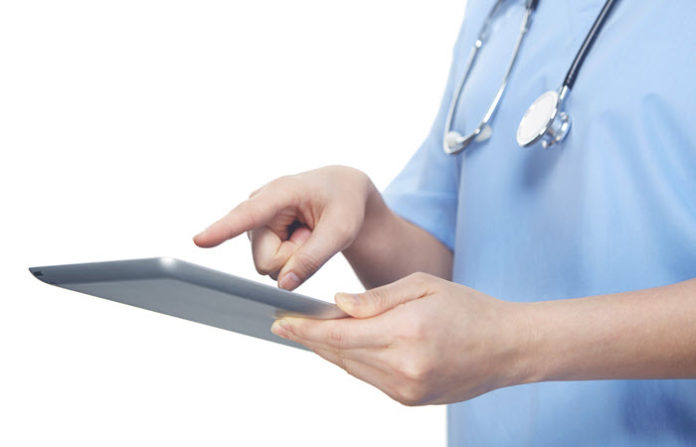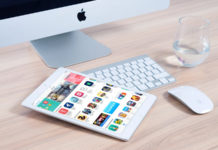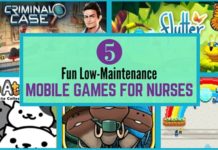If we were asked to list the easiest parts of being a nurse, chances are that “dealing with medical suppliers” wouldn’t be in our top ten. It’s most likely towards the bottom of list, somewhere between bowel impaction and unpaid overtime. Medical suppliers haven’t made life easy for us, largely because they haven’t updated their ways of doing things in many years.
From tedious paperwork to long phone calls, suppliers’ outdated processes tend to add more frustration to our already full plates.
But thanks to technology, those old systems are fossilizing fast. Medical inventory management is upgrading to the digital age, and that means less time on paperwork, and more time with patients. New online tools are making life much easier for nurses, and in ways you’d never expect.
Pushing Fewer Papers

If you got into nursing because you really love paperwork, then congratulations! You’re living the dream. For the rest of us, it’s all about the patients, and paperwork is a major barrier. We spend half our time on paperwork, filling out (and re-filling out) mountains of patient forms. But medical suppliers are moving some of that paperwork online, making the mountain a little easier to climb.
This is happening in three ways. First, medical suppliers are moving the enrollment process online. This means no more novels sent through the fax machine to obtain patient information. Instead, nurses can use online referral forms to quickly send patient information to suppliers. They’re faster and more straightforward, and you can access them any time.
But even better than online referring is self-serve online enrollment. Online enrollment for Medicaid-covered incontinence supplies allows nurses and patients complete the sign-up process on a single platform. No phone calls or paperwork needed. And here’s the best part: you can finish it whenever you want.
Medical suppliers are also reducing the number of paperwork “do-overs” by using software to send the right forms in the first place. These new programs automatically build and send insurance-compliant forms right to the doctor’s office. Each form is custom-made based on insurance requirements, so you spend less time on repeat paperwork, and more time on the reason you became a nurse in the first place.
Cutting Down Your Detective Work
As a nurse, don’t you just love spending your valuable “me” time playing detective on the case of the missing supply order? Well, with online referrer accounts, you can skip all the sleuthing and get right to the “whodunnit,” giving you back more of your time.
Online referrer accounts keep healthcare professionals up-to-date on the status of their patient’s supplies. You can find changes to contact information, see if the paperwork is up-to-date, check the status of orders, and discover in seconds what’s really going on.
Great medical suppliers should have some version of this in place, and since it’s all online, it can be accessed anywhere. That way, you can spend your “me” time watching a good mystery instead of trying to solve one.
More Power to the Patient
It’s funny how a nurse’s to-do list can include both “manage peritoneal dialysis” and “find tracking number for patient medical supply order.” One of those could easily be handled by the patient, given the right tools.
In this case, the tool is online account management, which gives patients an easy way to manage their own supplies from one place. They can make orders, track shipments, and update their information. No nurse necessary for the simple things.
Product selection is another task simplified through technology. For example, incontinence product finders help patients find the right product for them. With a few simple questions, patients can find the right size, style, and even learn if their insurance covers the products.
Ditching the Desktop

All these digital solutions are great for nurses, except for one big problem: not all of us carry around a computer. We’re always on the move, and there’s not much time to sit down at a desktop. But that’s ok, because there is something we do carry: our phones.
Smartphones and tablets are becoming a staple in modern medicine, and luckily, every tool mentioned is mobile-friendly. In fact, they’re built with mobile-first in mind, because good suppliers recognize that the days of the desktop are over. We don’t have to go any further than our scrubs to get patients started on the right path to care, whether it means doing it ourselves or guiding patients to the right resources.



















